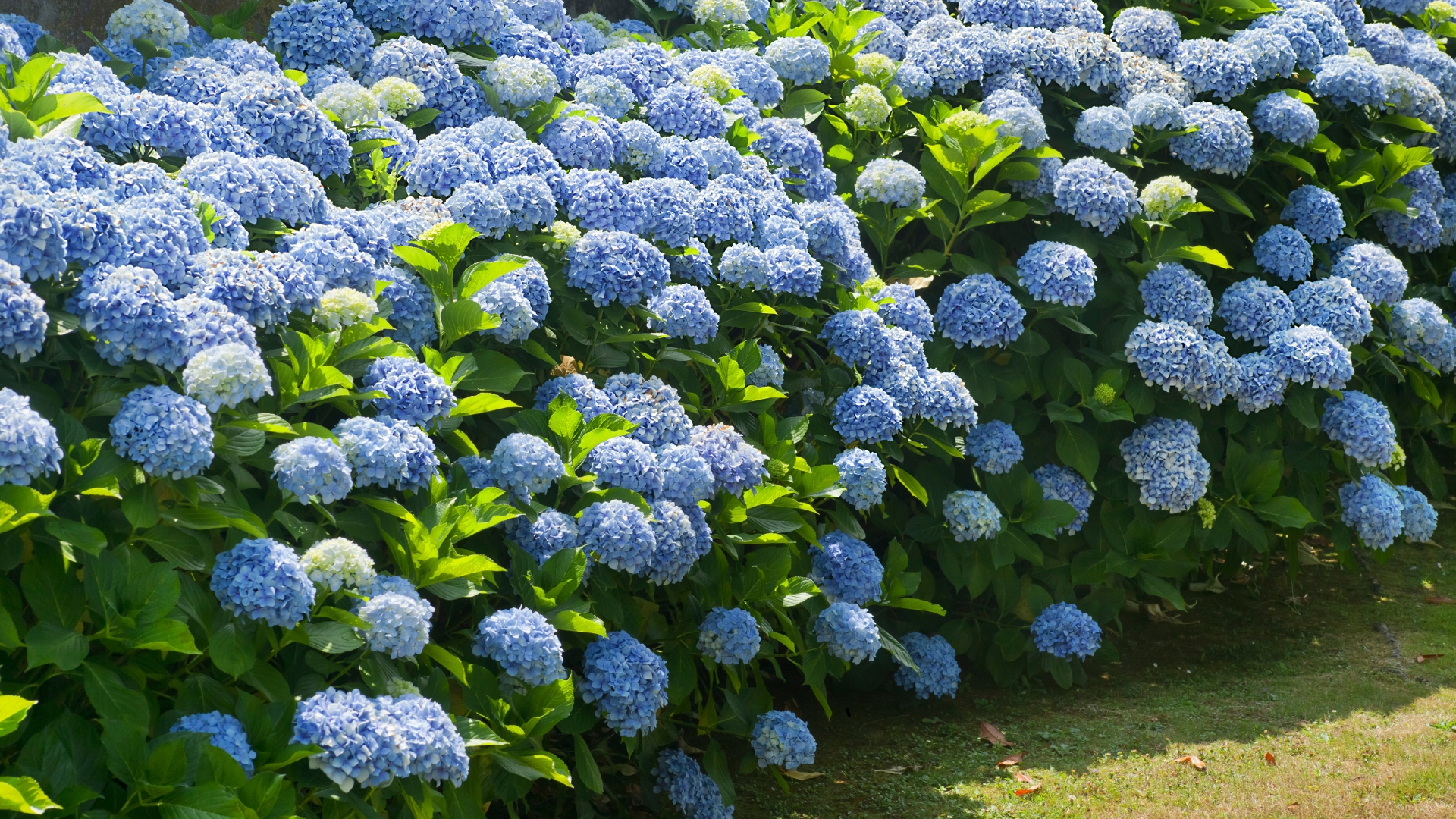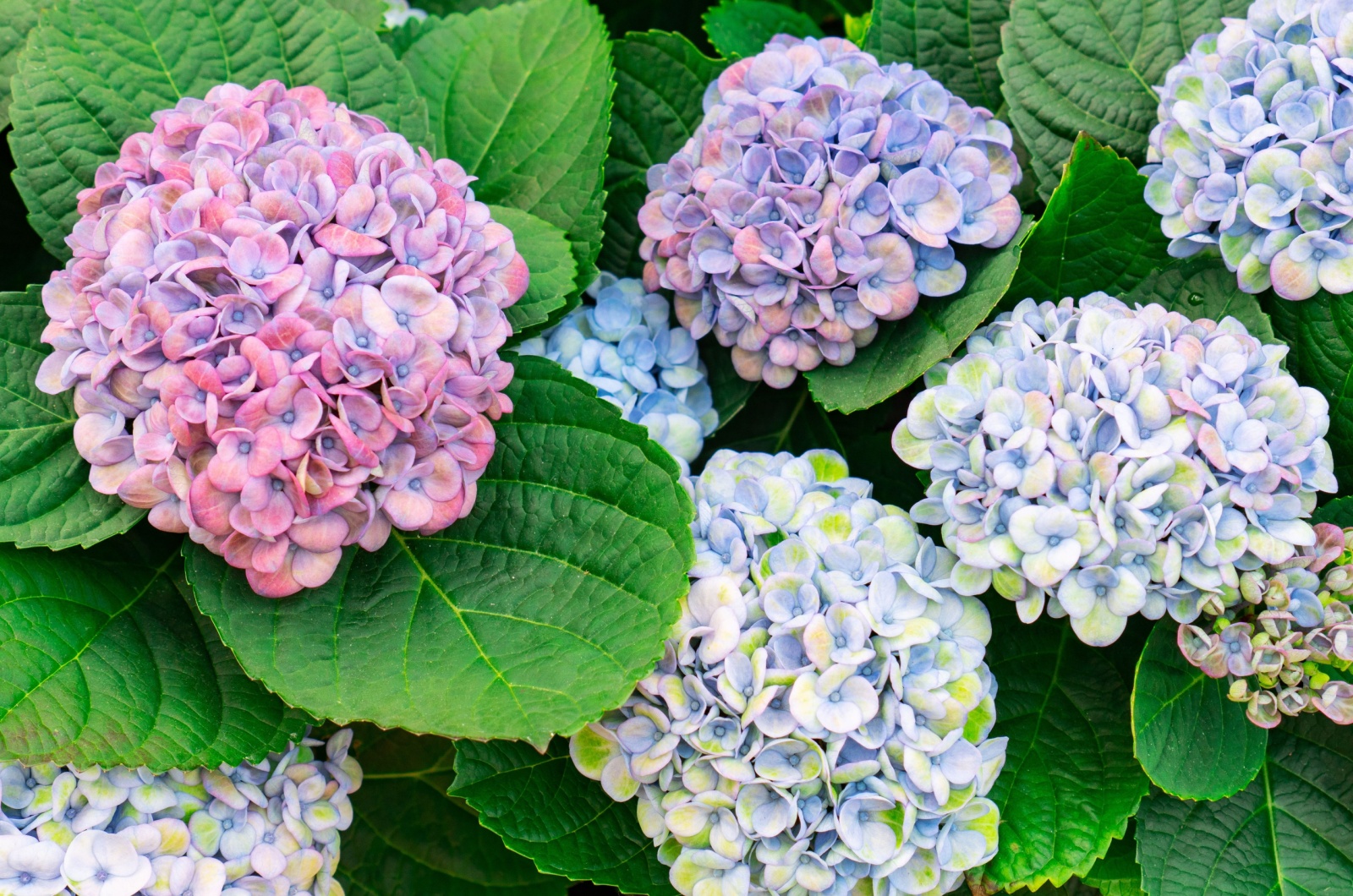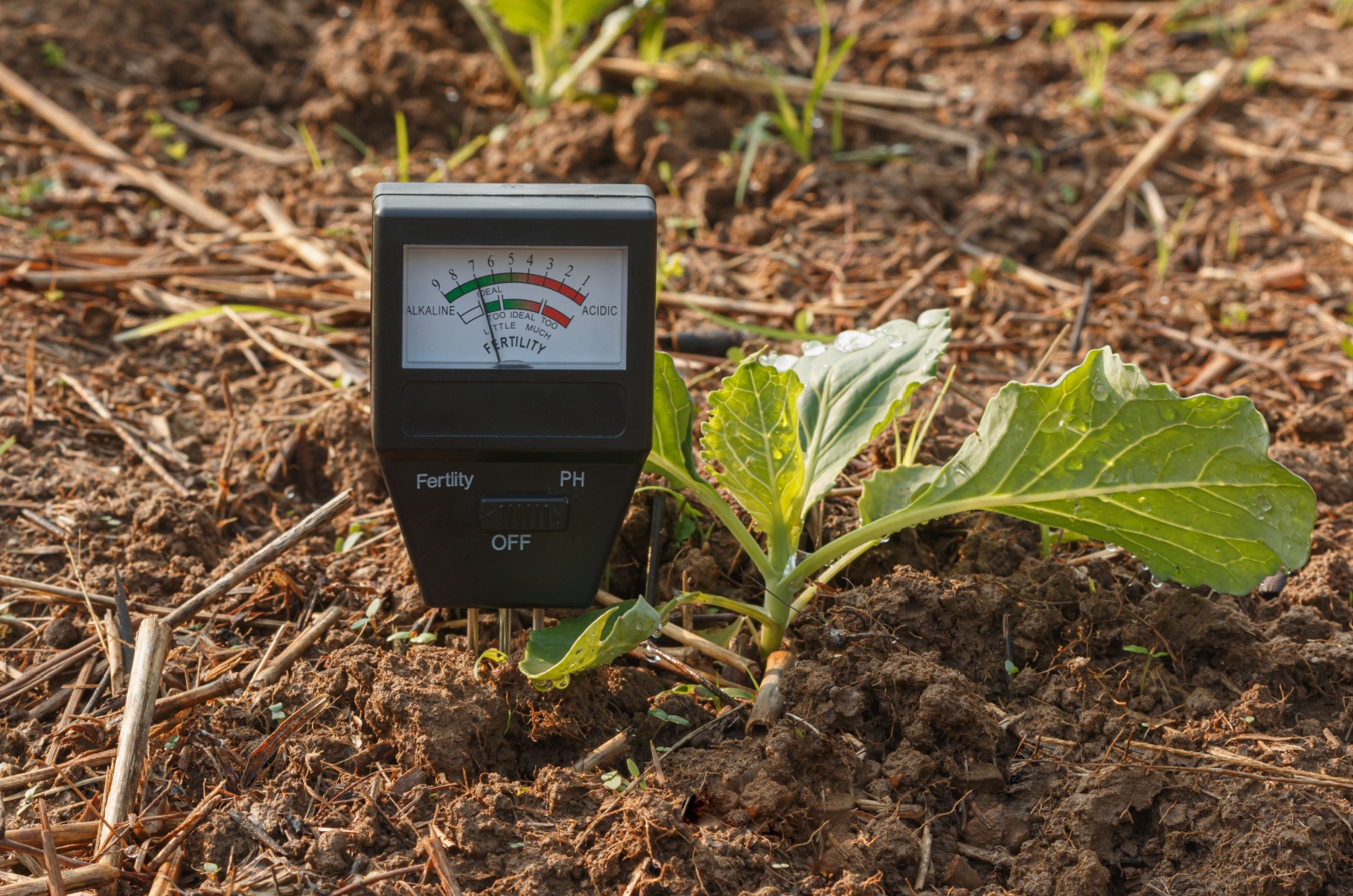The quickest way to make your garden the talk of the town is by planting a few blue hydrangeas. I’ve got to hand it to them – they completely flipped the script on my backyard vibe!
If you’re planning to add these beauties to your yard, all I have to say is go for it! But… Be extremely careful where you plant them or you could face undesirable consequences.
For instance, blue hydrangeas might fit perfectly near your concrete walkways, but trust me, that’s the last spot you should consider.
Why? Well, did you know that:
Concrete Can Change The Color Of Your Blue Hydrangeas!
Excuse me, what? Yes, concrete can actually affect the color of your hydrangeas. One of the main reasons why we plant these varieties is because of their spectacular hue.
I’m not saying white or pink hydrangeas aren’t beautiful, but if you expected blue ones, that’s not really a scenario you want.
You see, hydrangeas can change colors and this entire process mainly depends on the soil pH. If the pH is below 6, which is on the acidic side, these plants will retain their blue hue.
But if the pH is more on the alkaline side, above 7, the colors you’ll get are either red or pink.
So, what’s with concrete walkways? Well, they can disrupt pH balance and you won’t get what you signed up for.
How Exactly Concrete Changes The Soil pH
I’m sure you already know that concrete weathers over time. But what does it have to do with soil pH? During the weathering process, concrete actually leaches lime.
This happens because water leaks through the concrete, which affects the calcium hydroxide. The thing is that this compound increases the pH in the surrounding soil, and if it is acidic, it’ll become alkaline.
The next thing that happens is that your hydrangeas start losing their blue hue and become pinkish.
If you didn’t plant blue hydrangeas near concrete and they still lost color, you should check if there are some calcium-rich rocks near the plants.
Additionally, make sure the water you use for your hydrangeas isn’t too hard because it can also affect soil pH.
There’s no need to measure the distance between the concrete and your hydrangeas. All you need to do is perform a soil test on the spot where you want to plant your hydrangeas.
If the pH is on the acidic side, you move to the next step. When growing hydrangeas, no matter the color, you must ensure that they receive partial sunlight.
You should keep the growing substrate consistently moist but free-draining so that it doesn’t waterlog around the roots.
Bear in mind that you’ll need to prune your hydrangeas in late winter or early spring to maintain their shape and help them focus their energy on new growth.
Here’s What I Do To Keep My Hydrangeas Blue
I keep my blue hydrangeas in the center of my yard so that they’re far away from concrete and fences.
A soil test is on my to-do list every spring, and if there’s a need to increase acidity, I use one simple technique: adding aluminum sulfate.
All I do is dissolve a teaspoon of aluminum sulfate in a gallon of water and add it to the soil as my hydrangeas develop through the season.
If you decide on this method, please be careful not to add too much because it can burn the roots.
Some beginner growers may not be interested in experimenting with the soil pH in their garden. If you’re one of them, simply grow your hydrangeas in pots and you can control all the conditions easily.
So, blue hydrangeas and concrete walkways aren’t really a match made in heaven. Stay away from them and use our tips so that your hydrangeas stay blue for many years to come!




